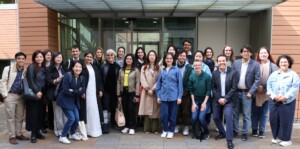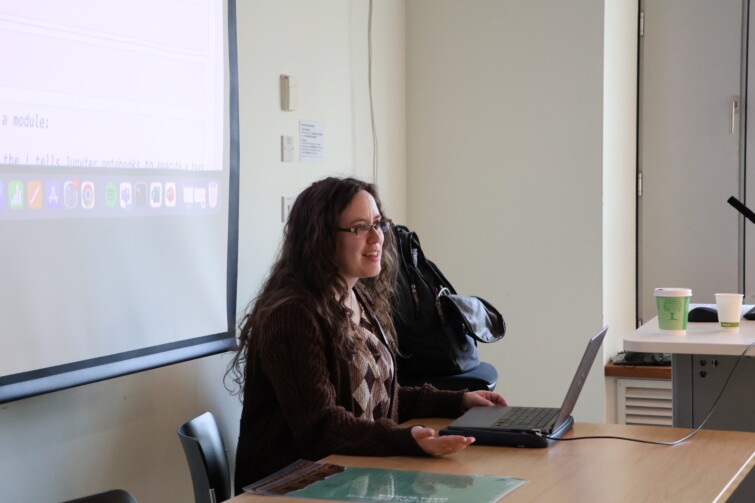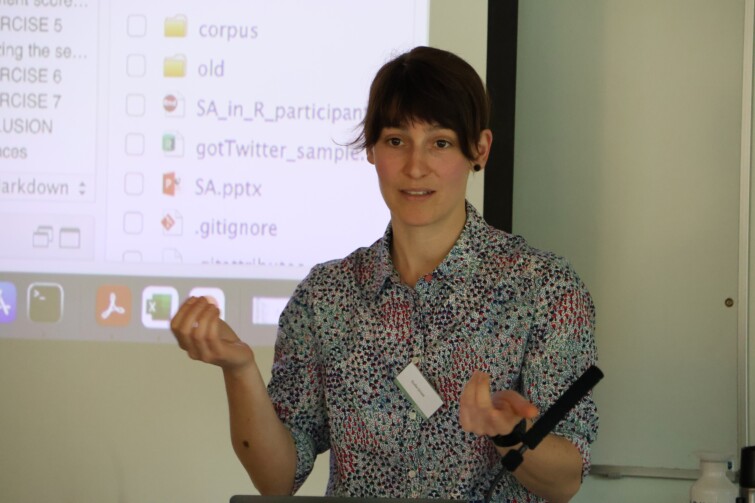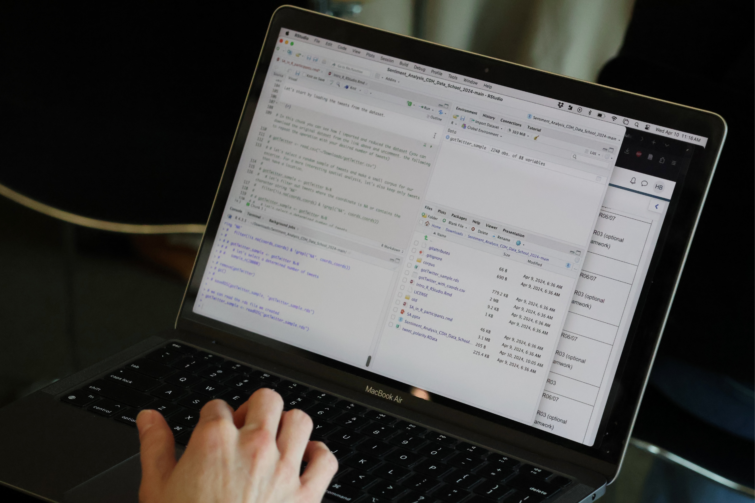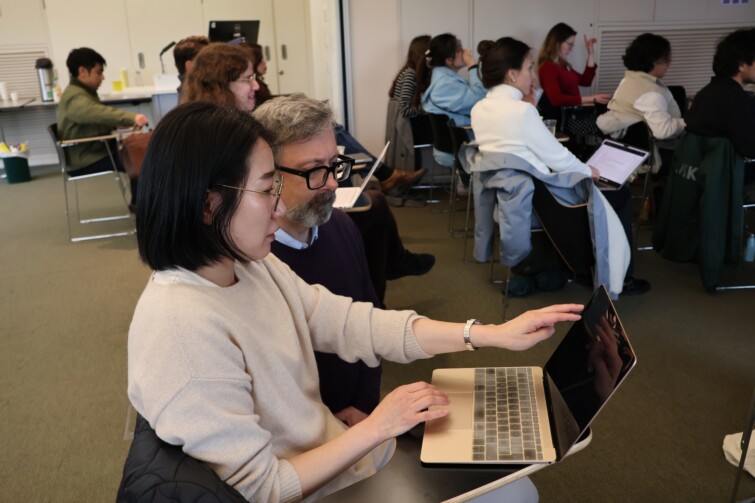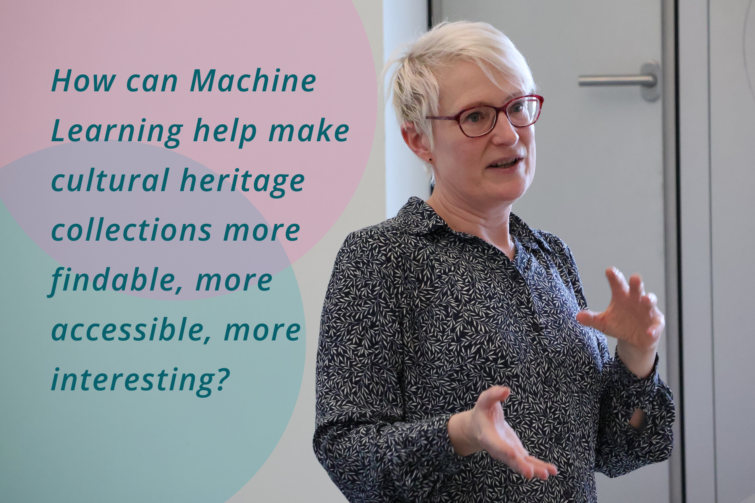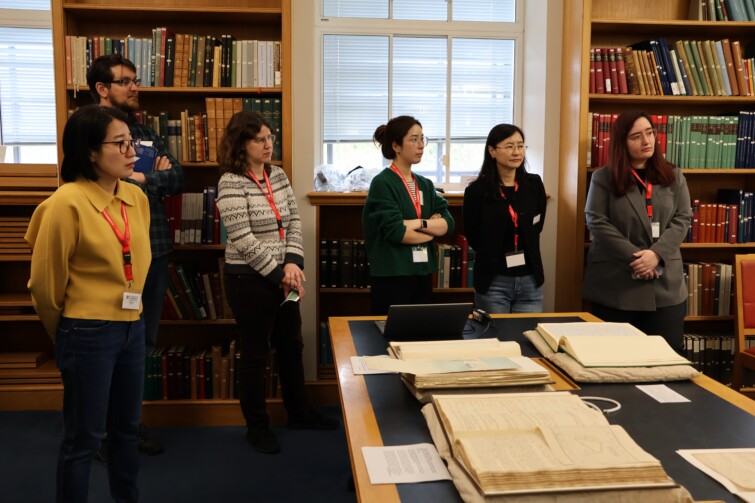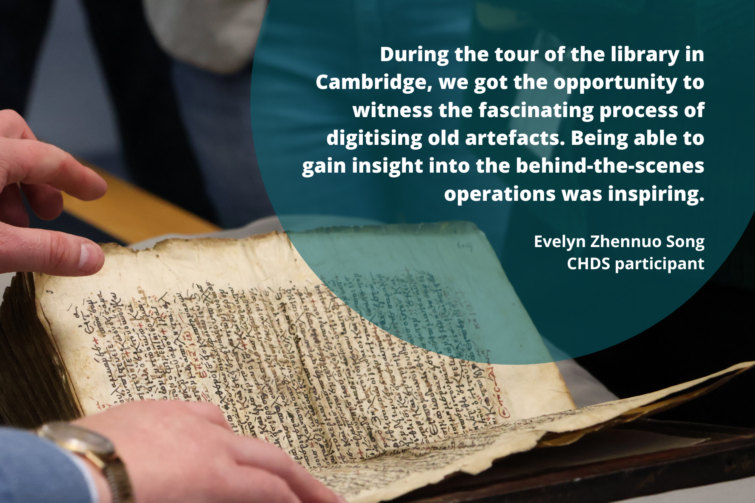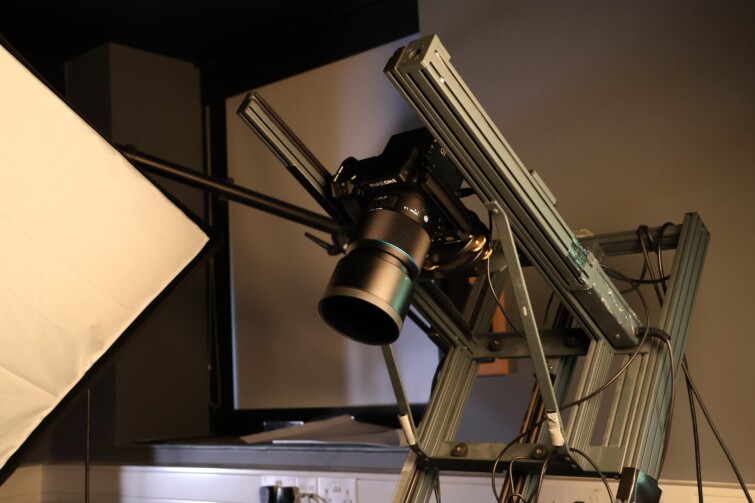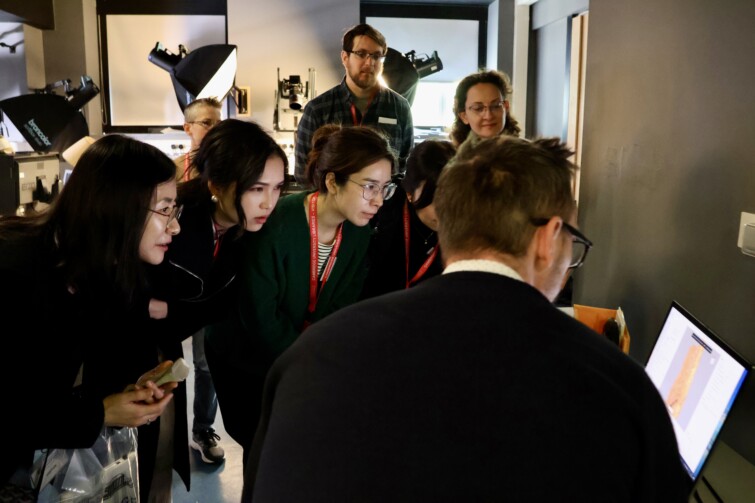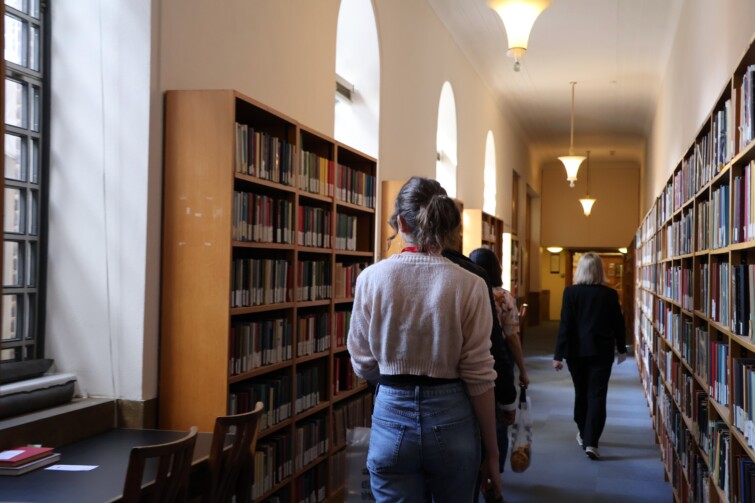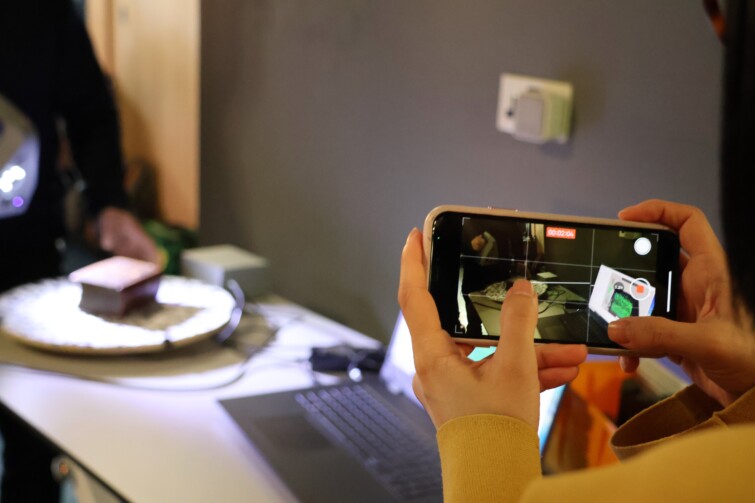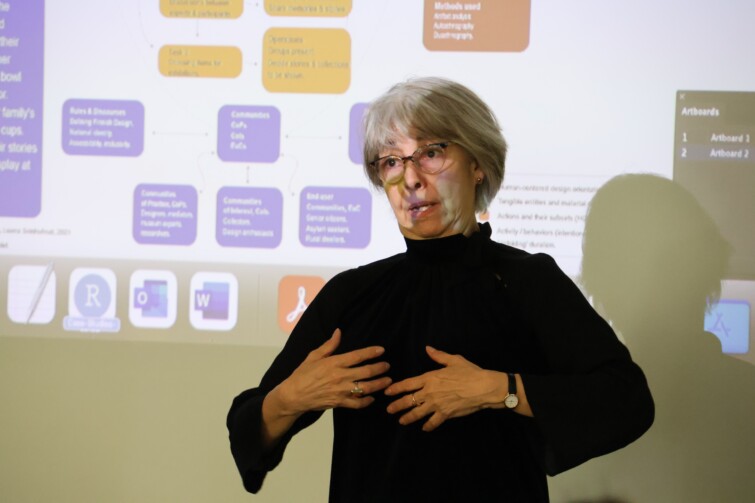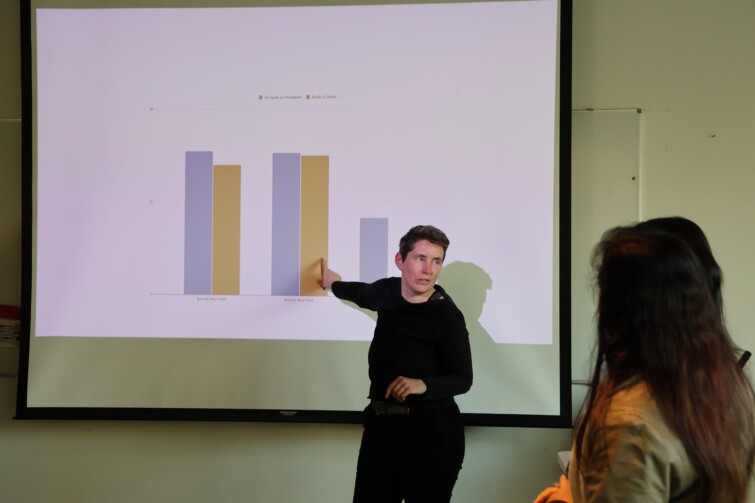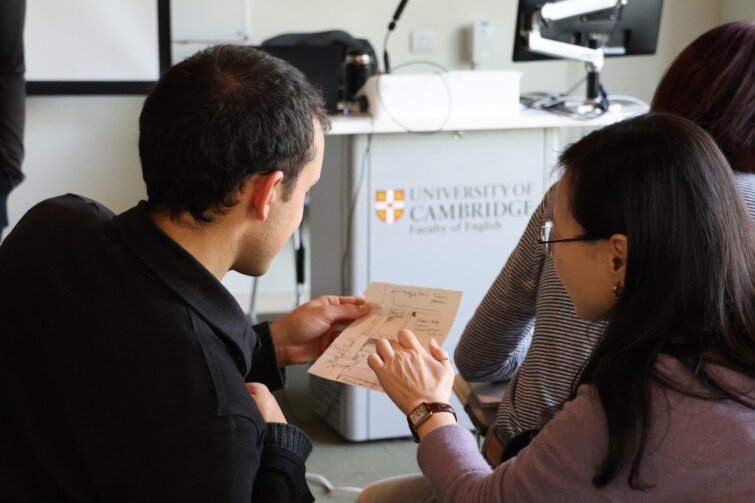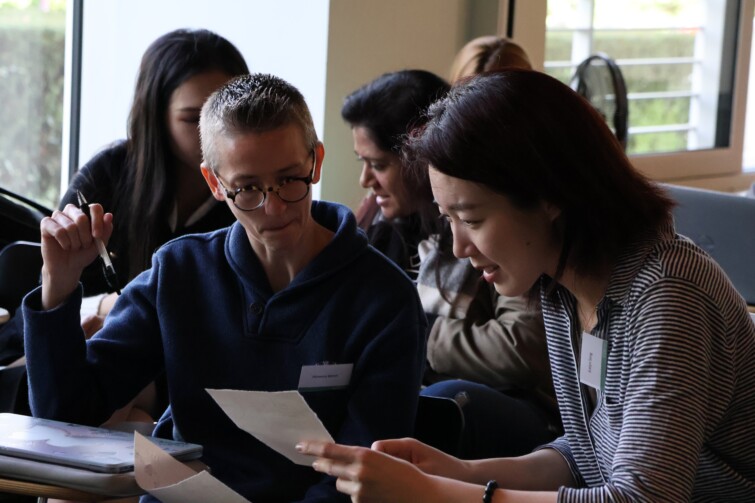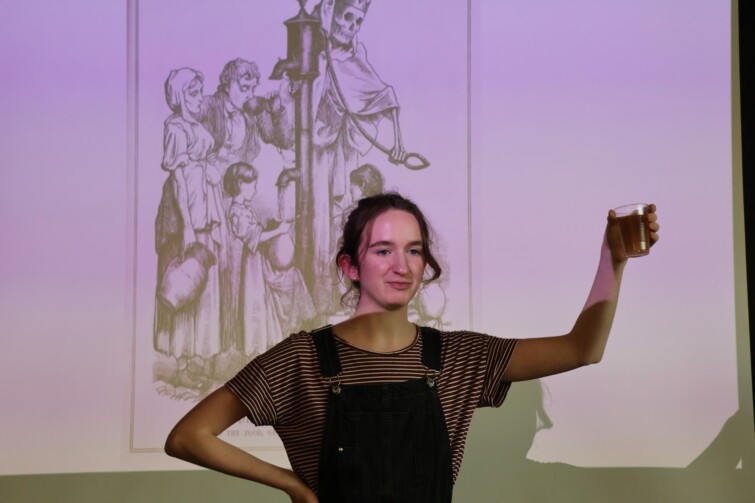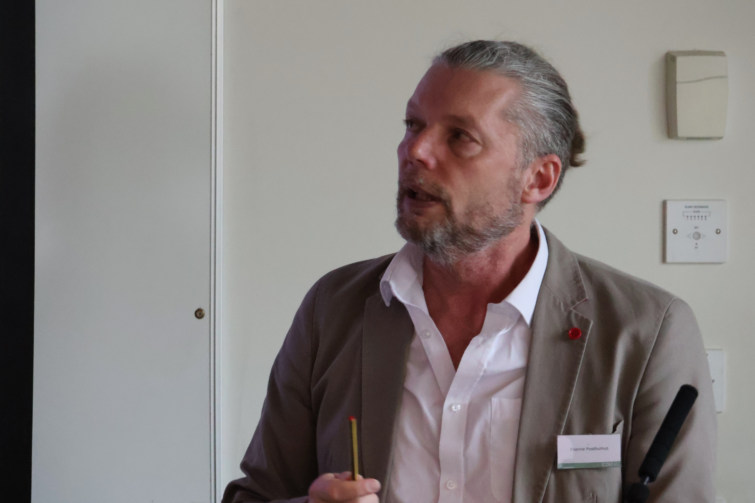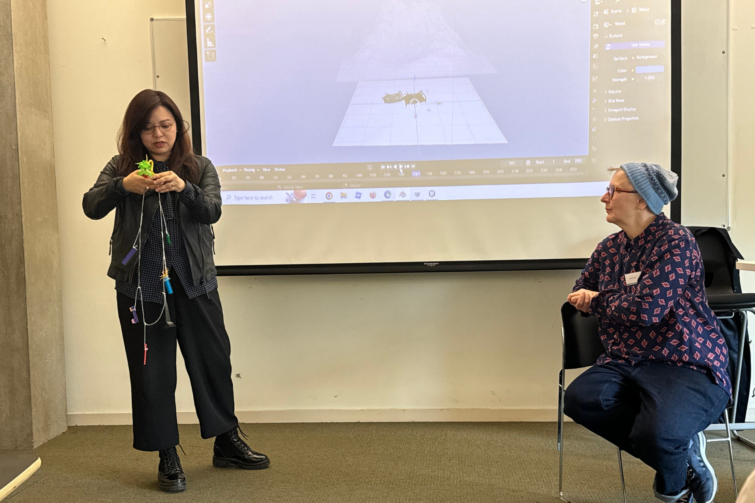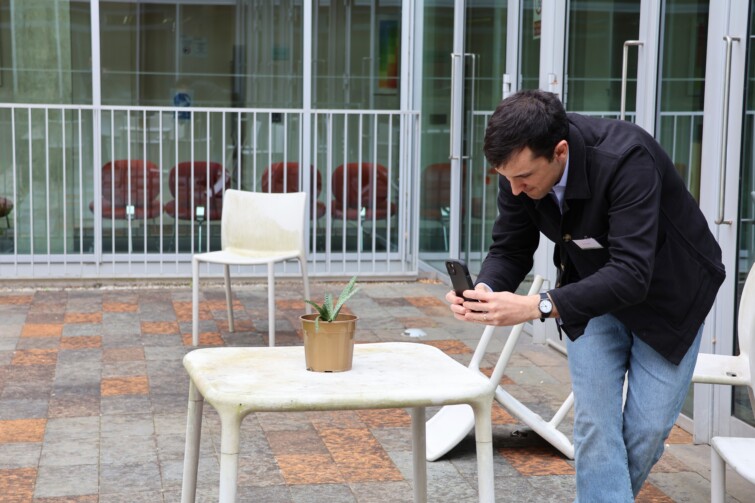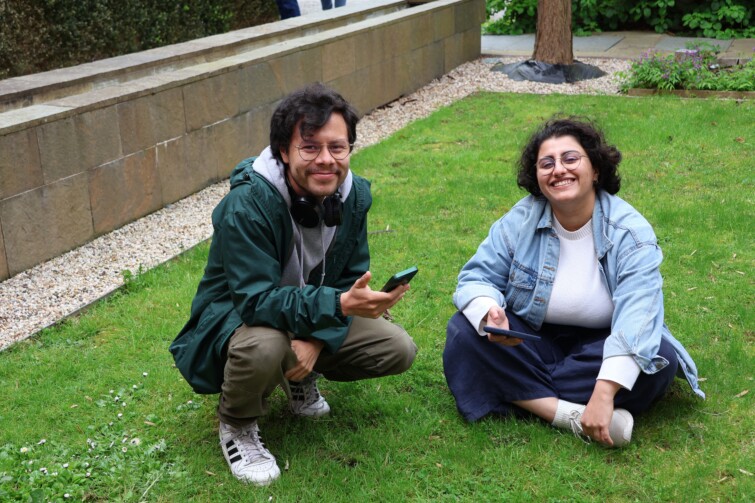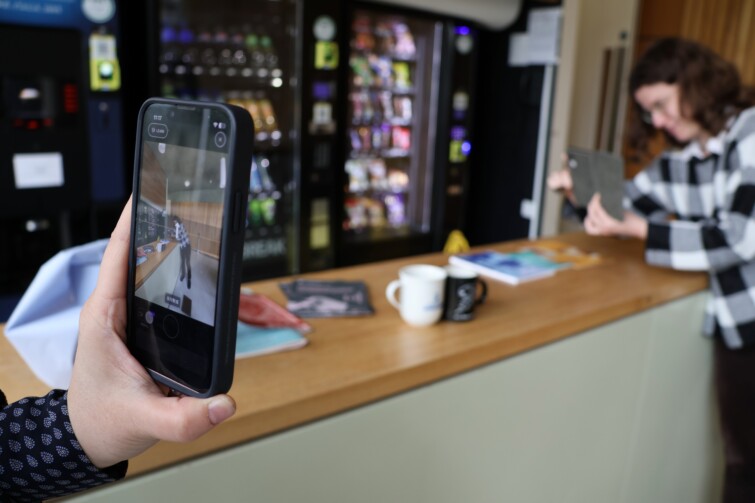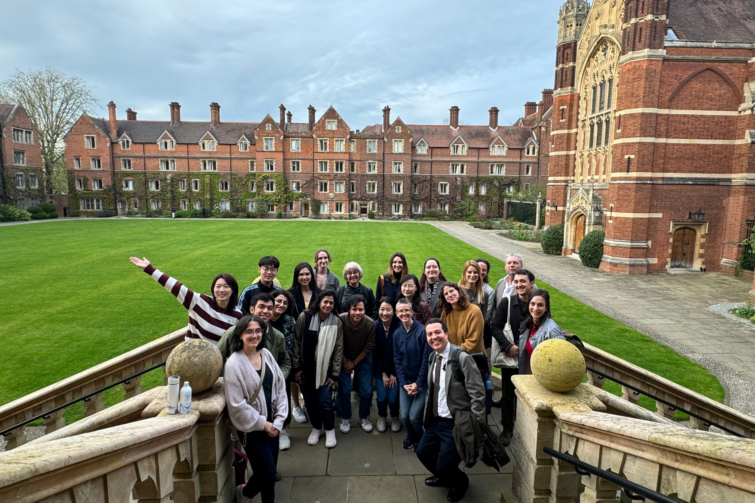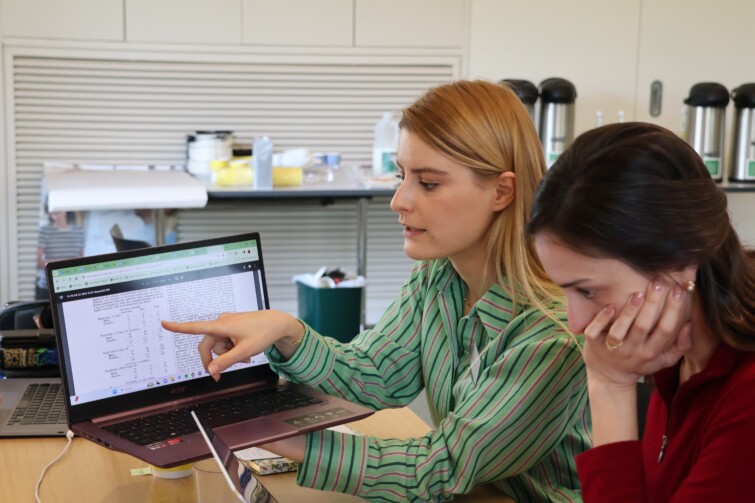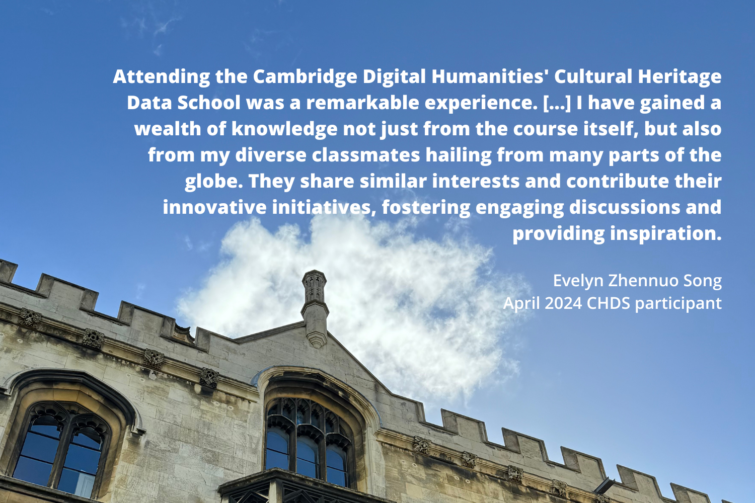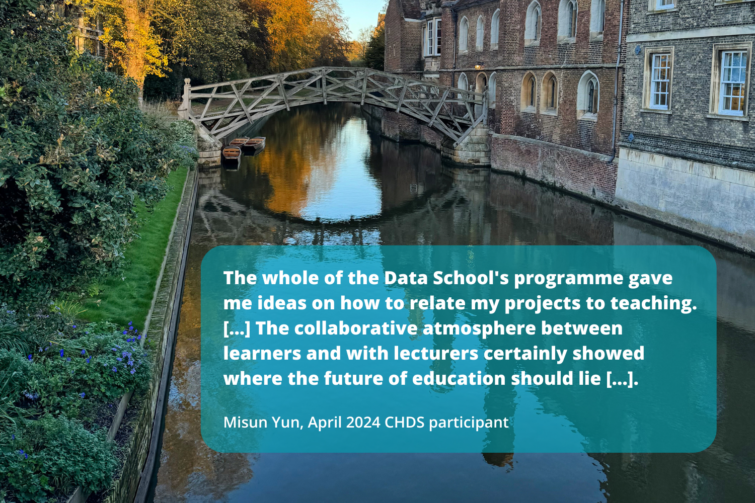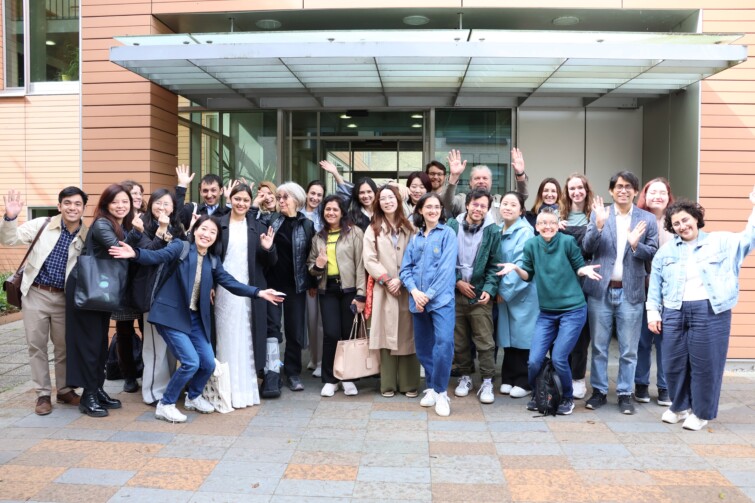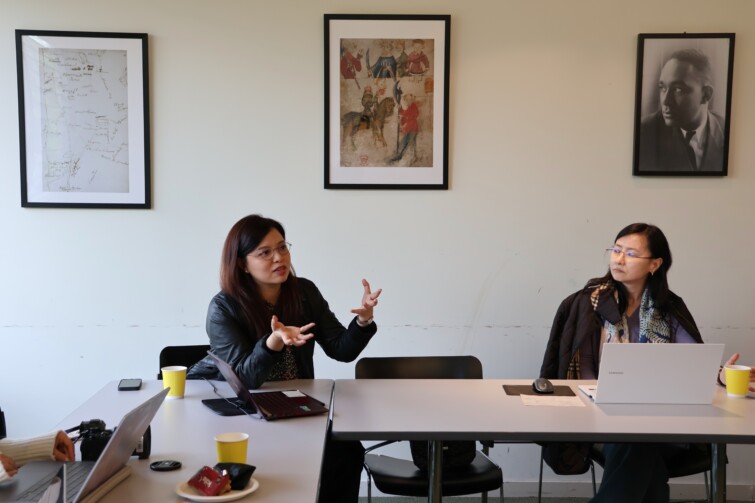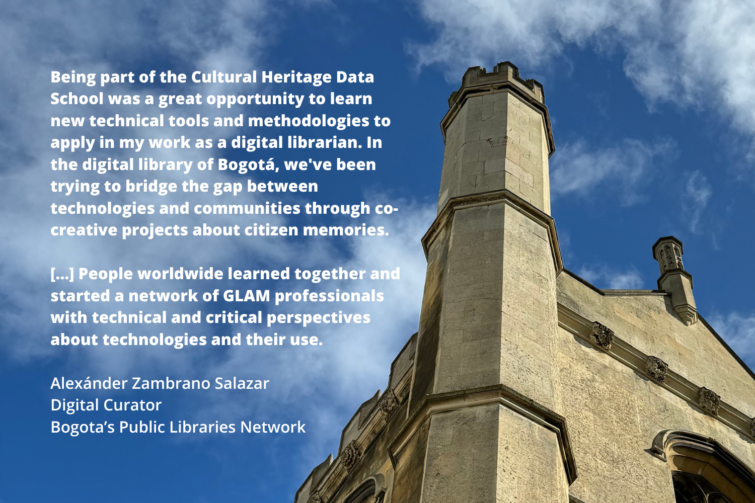Twenty-four individuals from thirteen countries across the world gathered in Cambridge this April to take part in the seventh biannual Cultural Heritage Data School (CHDS).
With over 23 hours of teaching built into a week-long data training programme, professionals and researchers involved in the galleries, libraries, archives and museums (GLAM) sector were equipped with the practical skills and critical approaches necessary to the development of digital collections.
The Data School kicked off with a workshop led by Dr Estara Arrant, who guided participants through an exploration of the basic principles of navigating and working with code, using the popular programming language Python. These new skills were later supplemented by a workshop on Sentiment Analysis with CDH Teaching Associate Dr Giulia Grisot, in which participants got a taste of R, another programming language.
Participating in the Data School has been an incredibly enriching and enlightening experience […] the new skills I’ve gained whilst on the course – such as programming with Python and R – have empowered me with both the confidence and the capability to apply new skills to my future projects independently.
Annie McCoid, Cultural Heritage Data School participant (April 2024)
The first keynote of the week was delivered by Dr Mia Ridge, Digital Curator for Western Heritage Collections at the British Library, who explored the question: How can Machine Learning help make cultural heritage collections more findable, more accessible, and even more interesting?
Keynotes and workshops were complemented with ample time for participants to build connections with one another, as well as researchers, professionals, and teaching staff at Cambridge and other academic and cultural heritage institutions. A particular highlight for many was the behind-the-scenes visit to the University Archives and Cultural Heritage Imaging Laboratory at Cambridge University Library, where participants were given the chance to view special collections and digital work sites that are not regularly open to the public.
Liam Sims, Rare Books Specialist, and Emma Saunders, who works with the Royal Greenwich Observatory Archives, presented a special collection of historical manuscripts. Meanwhile, Błażej Mikuła, Chief Photographic Technician at the Cultural Heritage Imaging Laboratory (CHIL), gave a tour and introduced advanced digitisation tools and techniques.
The tour at Cambridge University Library introduced me to advanced imaging tools and techniques essential for capturing collections. This experience has inspired and motivated me to invest in sophisticated equipment to undertake similar digitization initiatives in the Philippines, thus enhancing our digital heritage preservation efforts.
Gamy Domingo, 3D artist and lecturer from Manila, Philippines
Back in the classroom, participants explored human-centred scenario design methodology with Lily Díaz-Kommonen (Professor of New Media at Aalto University, Finland), a methodology which seeks to anticipate and envision human responses to new artefacts of technology.
Later, in a collaborative exercise based on John Snow’s map of cholera outbreaks in nineteenth century London, participants were tasked with drawing a map of how to find the best loaf of bread in their hometown, before exchanging it with their neighbour.
What can producing a hand-drawn map tell us about critical approaches to data visualisation? As Anne Alexander explains, this simple (and non-digital) exercise was designed to get them to think more critically about how to present their digital data:
The maps helped them explore how mapping is an exercise in recalling emotions and invoking identities as much as it is about presenting ‘facts’ about the material world. It also forced them to recognise that representing data in the form of maps, charts and graphs is a deeply subjective and interpretative process.
Linked data for images in Digital Humanities projects was the subject of Etienne Posthumus’ keynote, which discussed basic image characteristics and variants, modelling metadata, and semantic subject classification.
The final day of the CHDS was rounded off by Dr Eleanor Dare, Methods Fellow and Postdoctoral Research Associate at CDH, who led Photogrammetry and Materiality, a workshop which explored digital immateriality, intangible heritage and 3D imaging. Participants created and scanned their own objects, imported them into Unity or Blender, and produced narratives about the objects and their (im)materiality.
On behalf of Cambridge Digital Humanities, thank you to Dr Irving Huerta (Data Schools Convenor), Dr Anne Alexander (CDH Learning Director), and Karen Herbane (Learning and Events Coordinator) for their work in coordinating another successful Data School. We are grateful to all participants for their contribution to the experience.
Thank you, also, to our teaching team, keynote speakers, and other contributors:
- Dr Estara Arrant (Cambridge University Library)
- Jonathan Blaney (Research Software Engineer, CDH)
- Dr Eleanor Dare (Methods Fellow and Associate Researcher for the Forensic AI project, CDH)
- Professor Lily Díaz-Kommonen (Aalto University School of Arts, Design and Architecture, Helsinki)
- Dr Giulia Grisot (Teaching Associate, CDH)
- Etienne Posthumus (Senior Researcher at FIZ Karlsruhe — Leibniz Institute for Information Infrastructure, Information Service Engineering, The Netherlands)
- Dr Mia Ridge (Digital Curator for Western Heritage Collections at the British Library)
The next Cultural Heritage Data School takes place online in November. To receive an alert when applications open, sign up to the Data Schools newsletter here.
For more information about Cambridge Data Schools, please visit www.cdh.cam.ac.uk/DataSchools
Read a PDF version of participant testimonials here.

